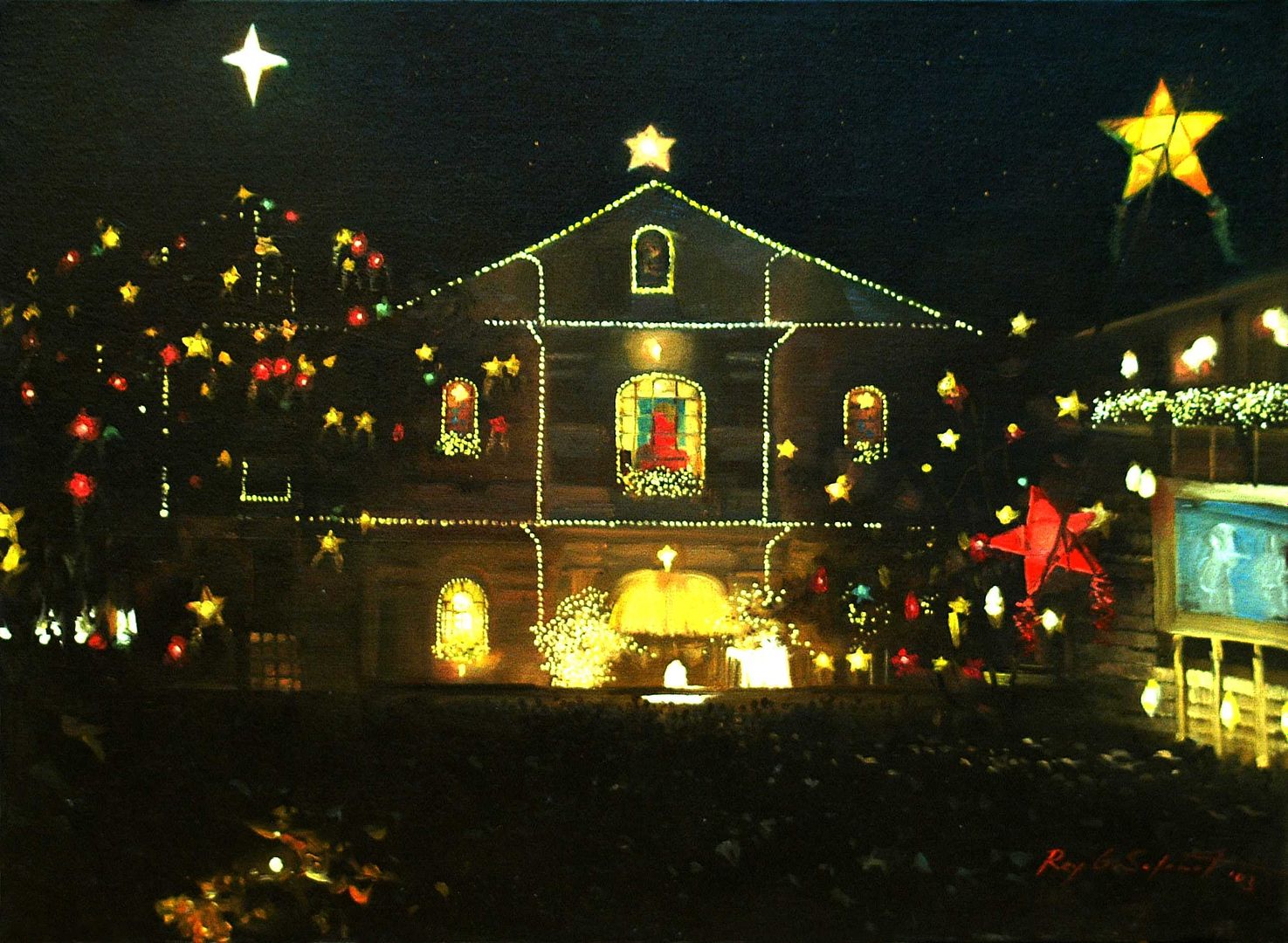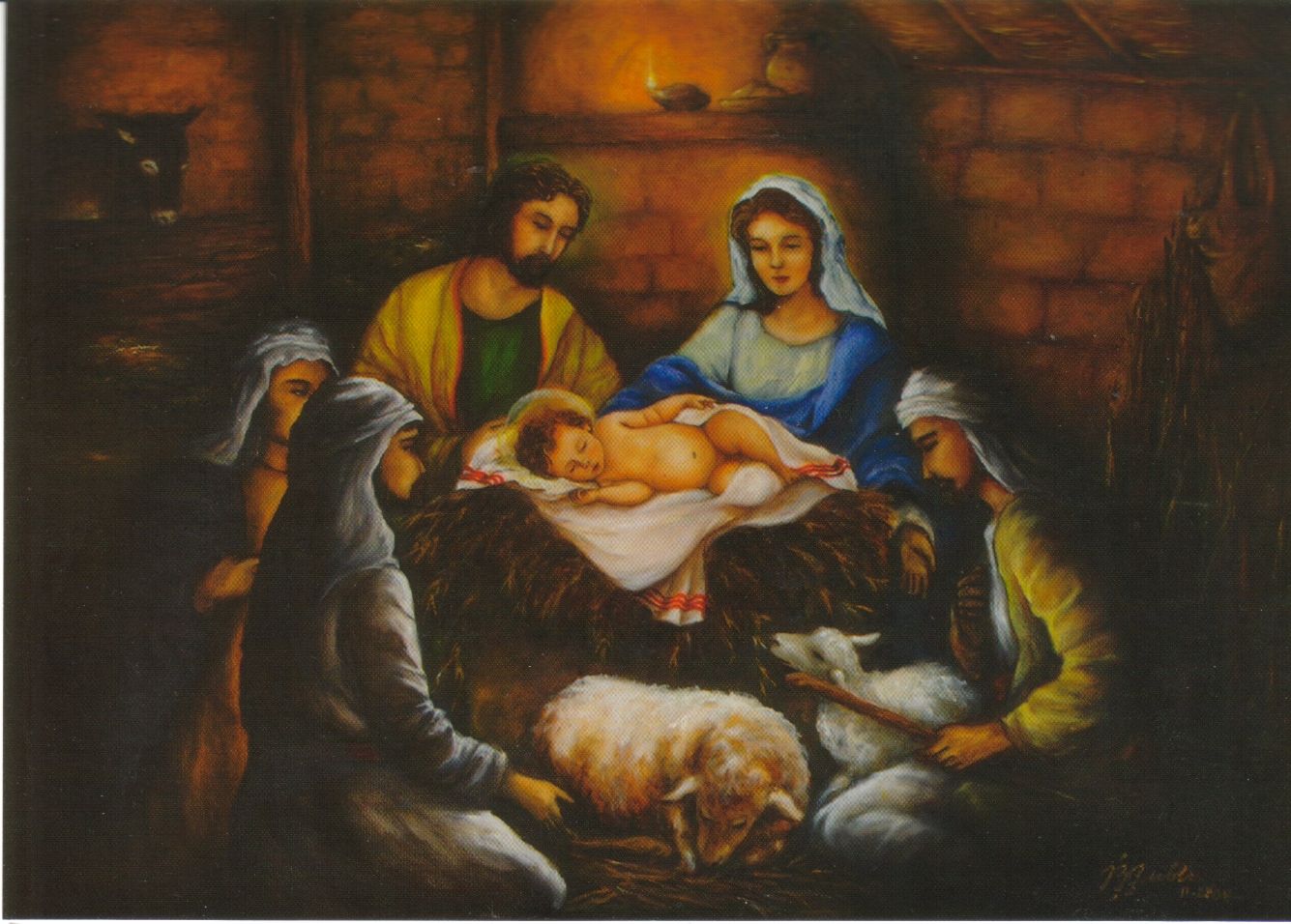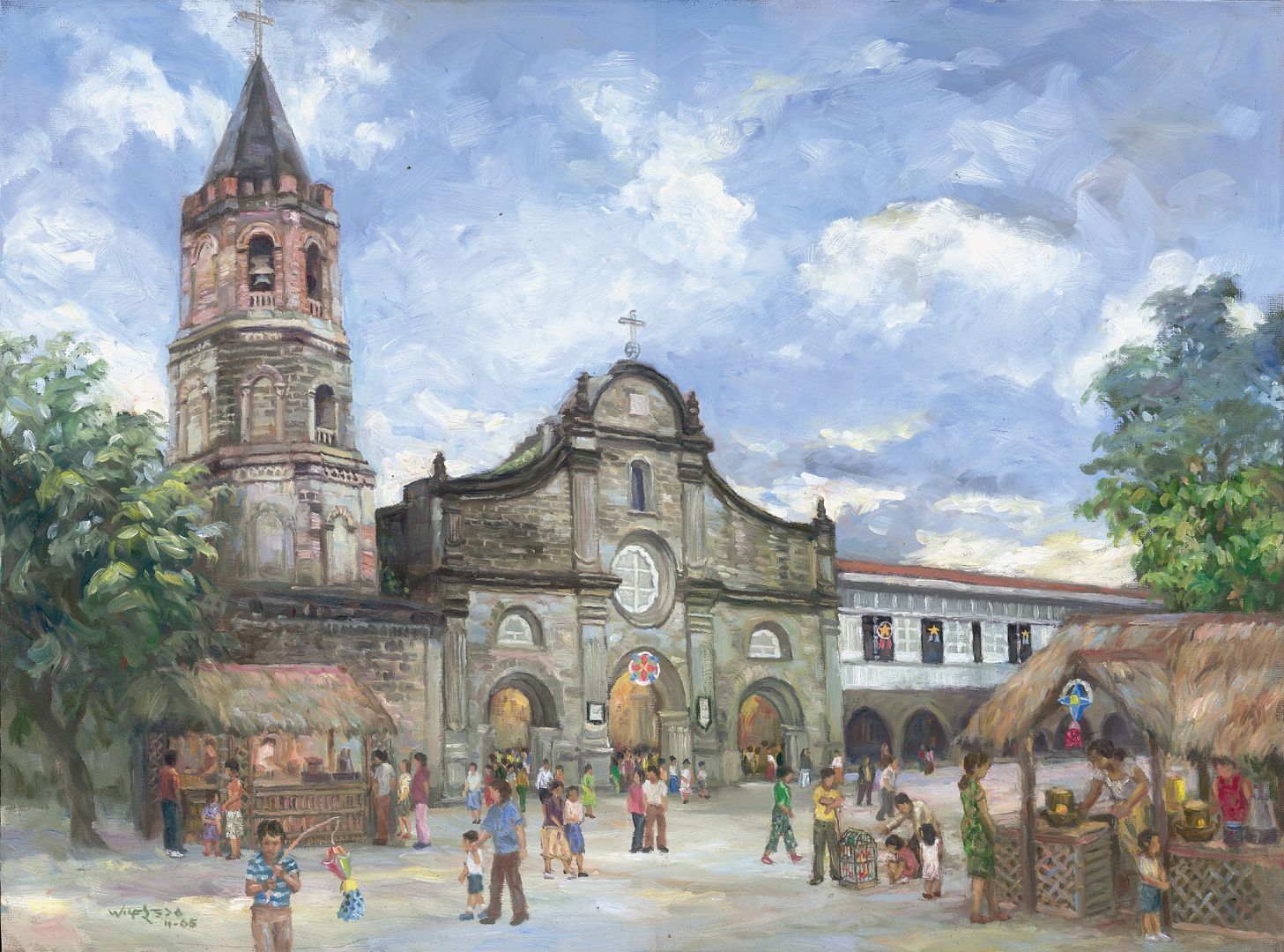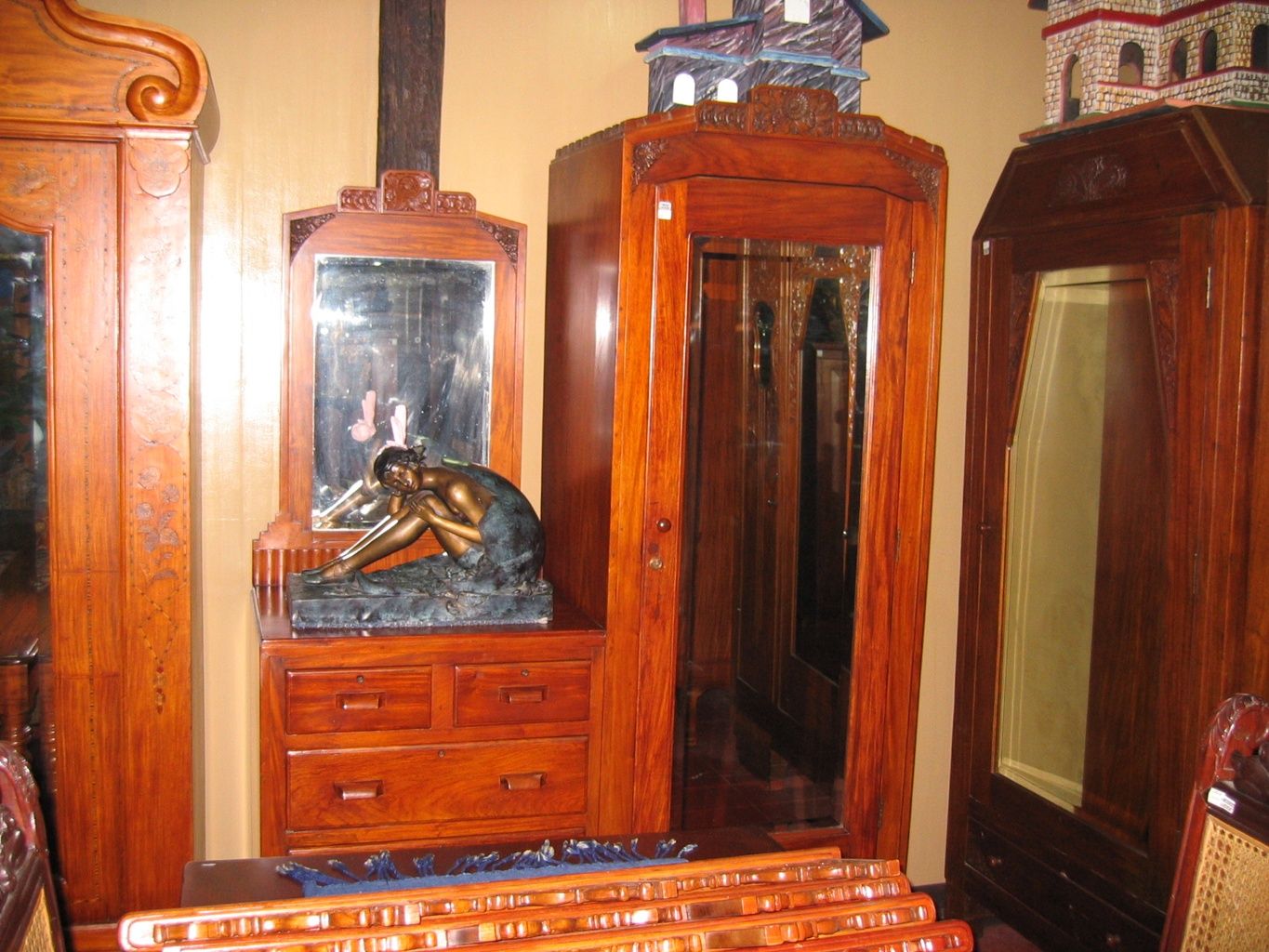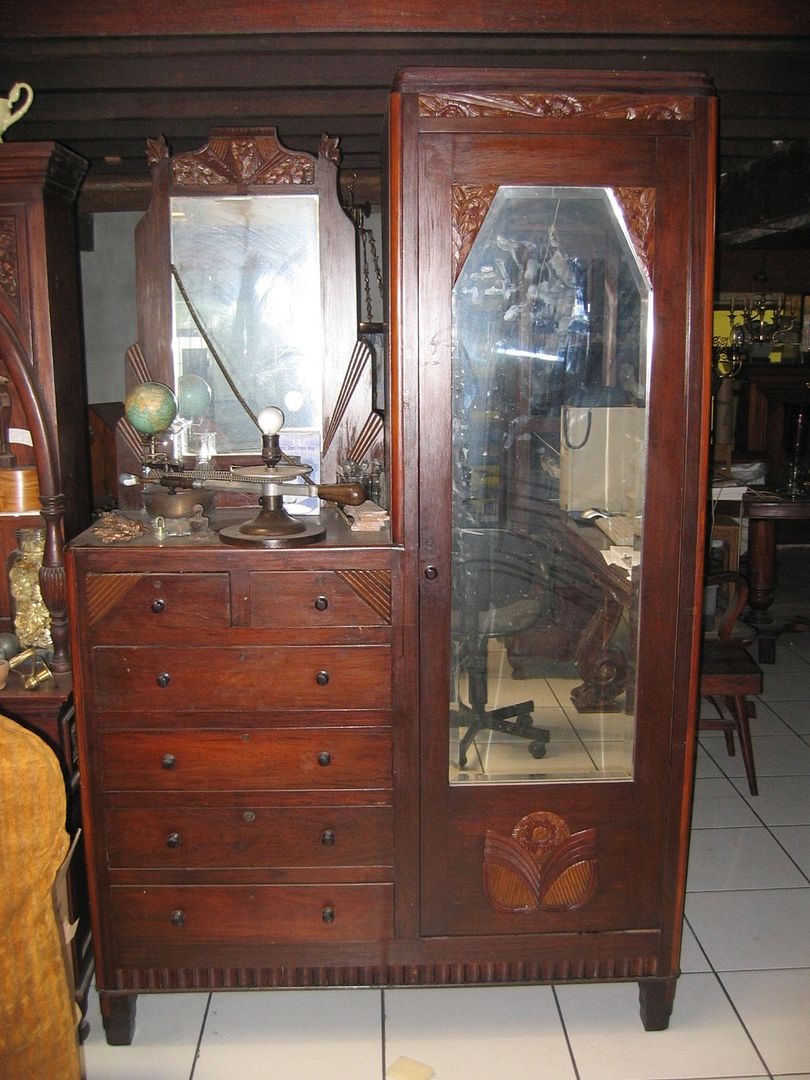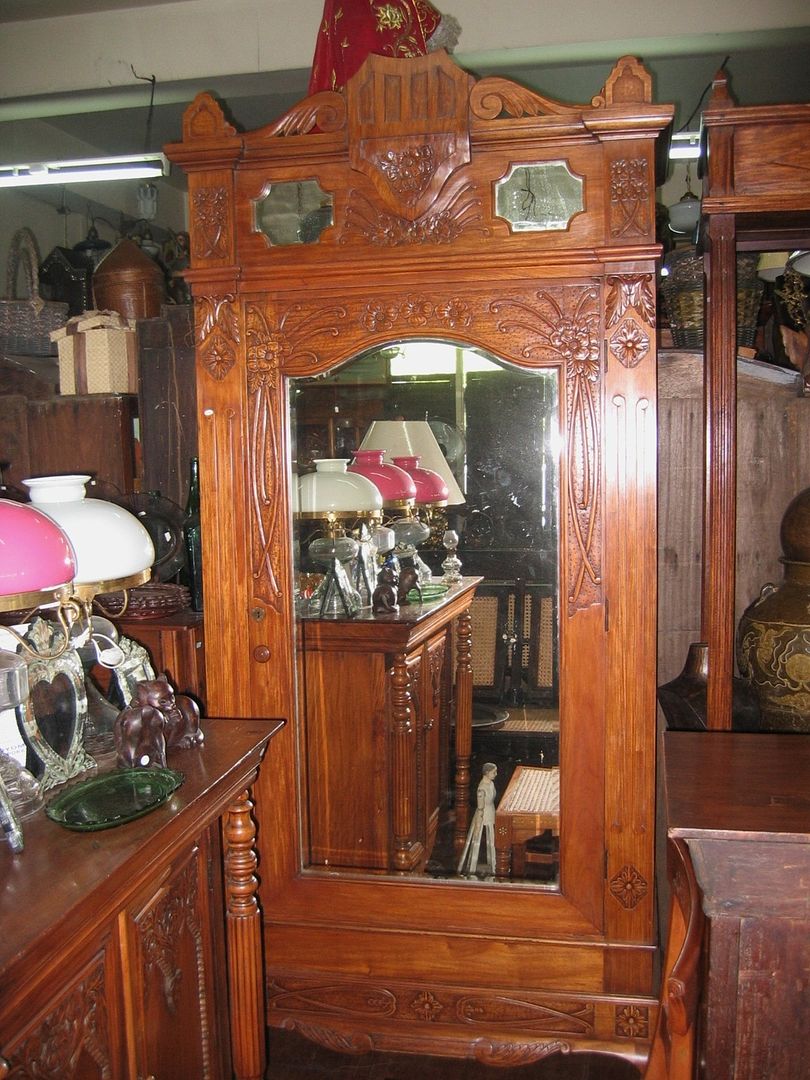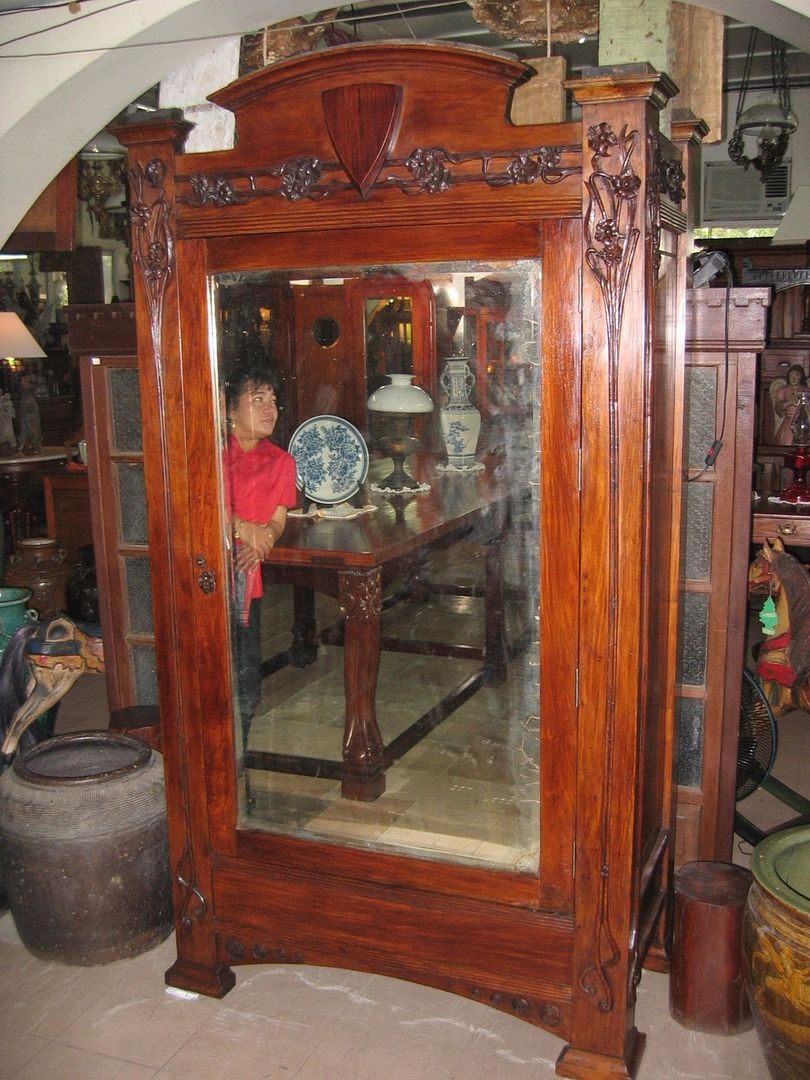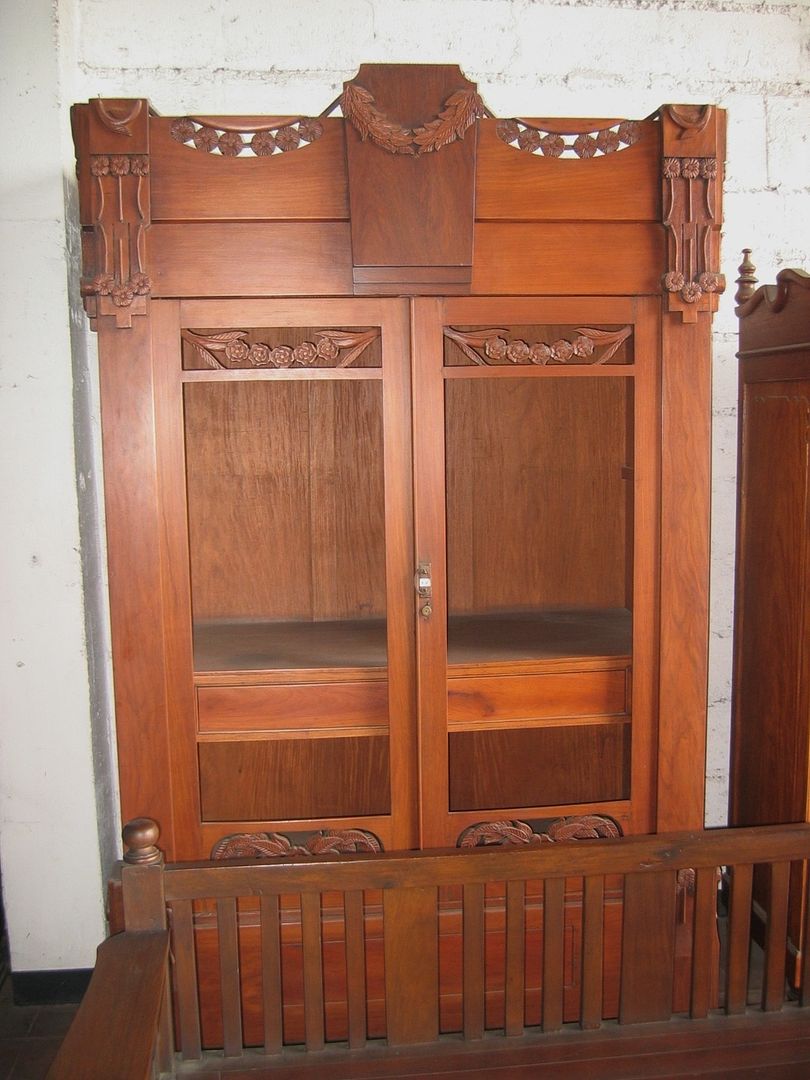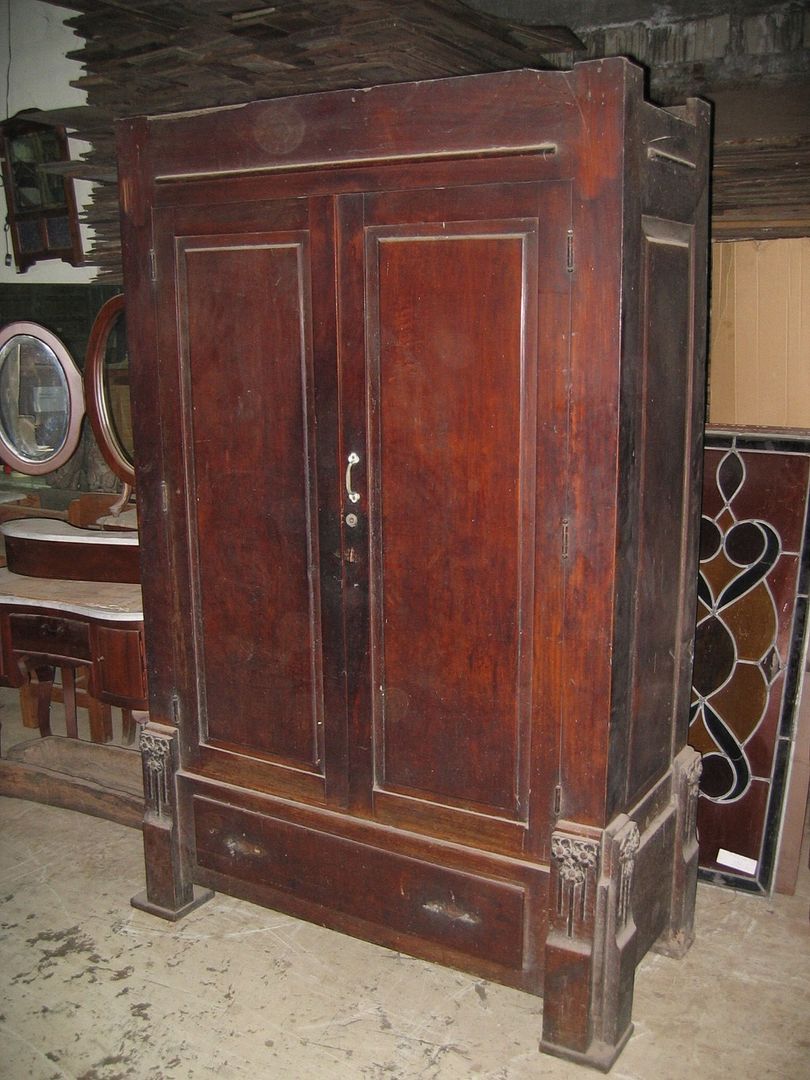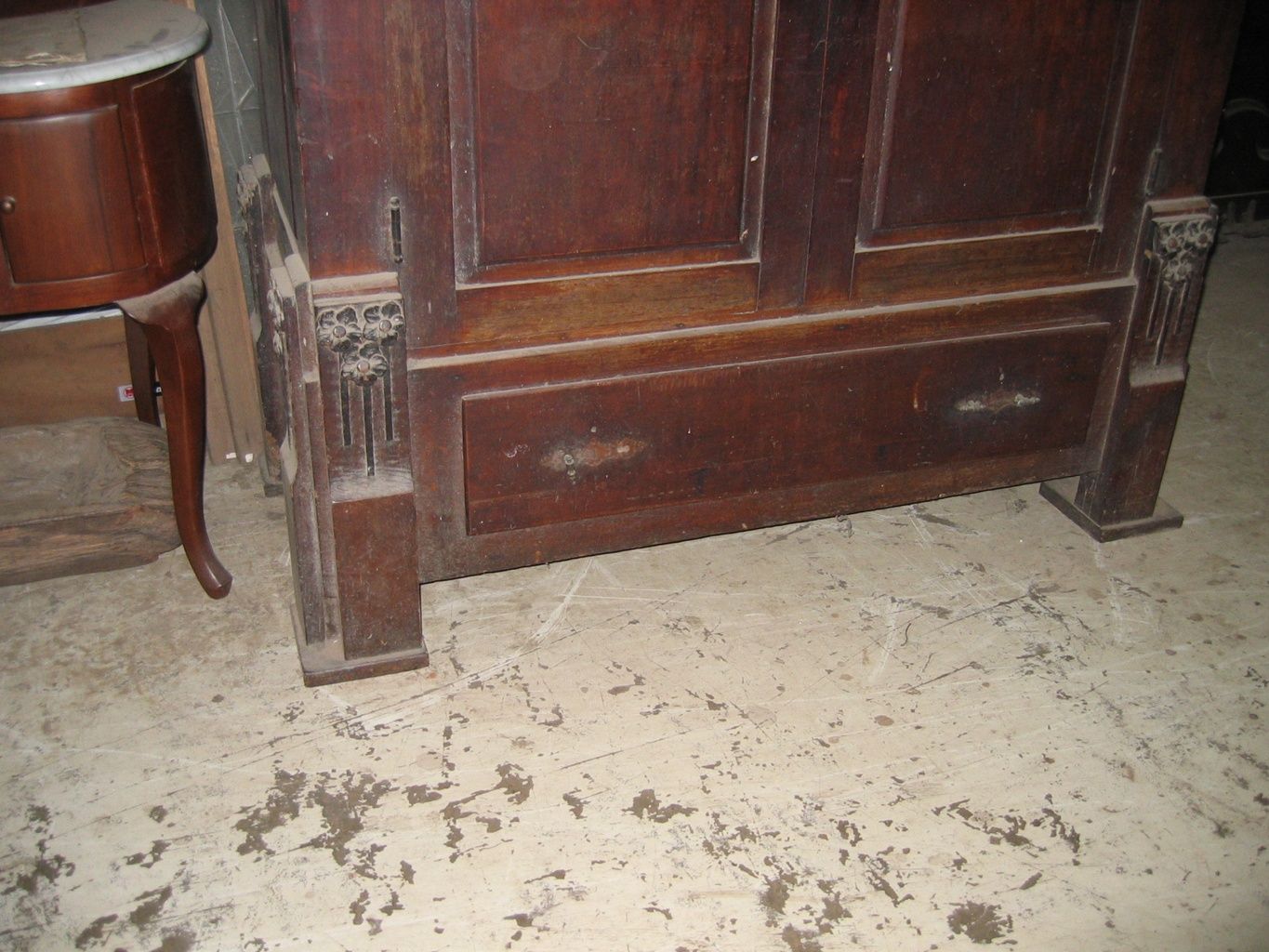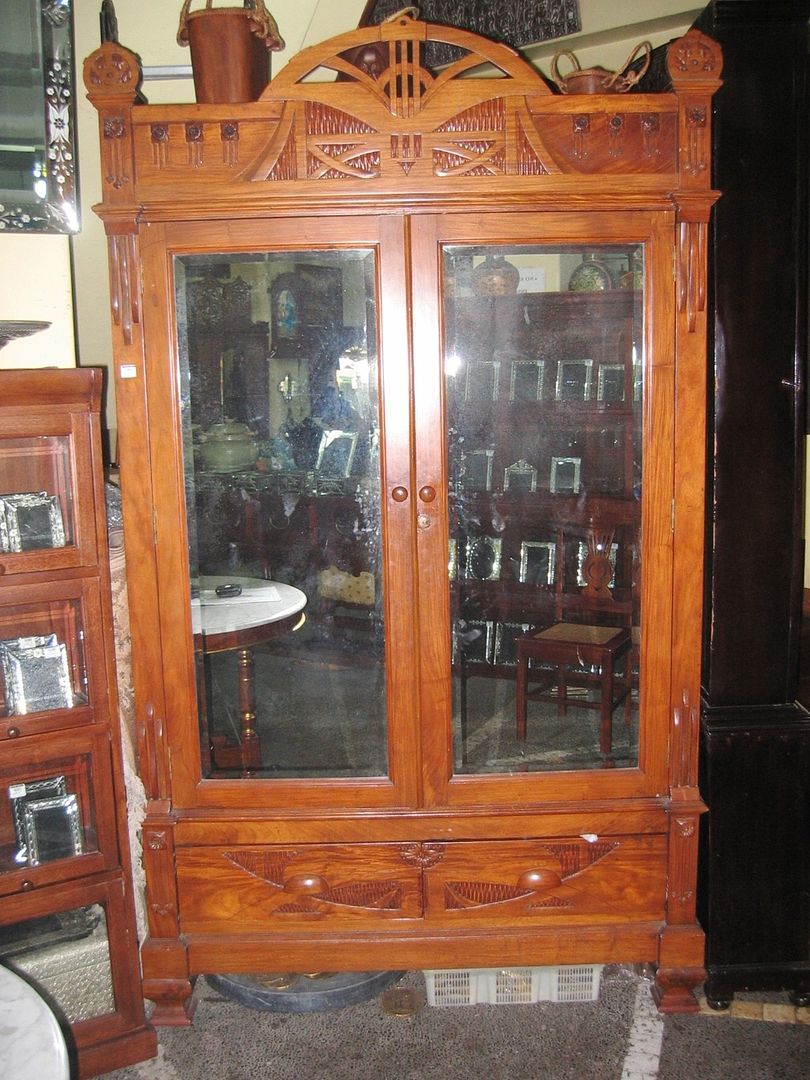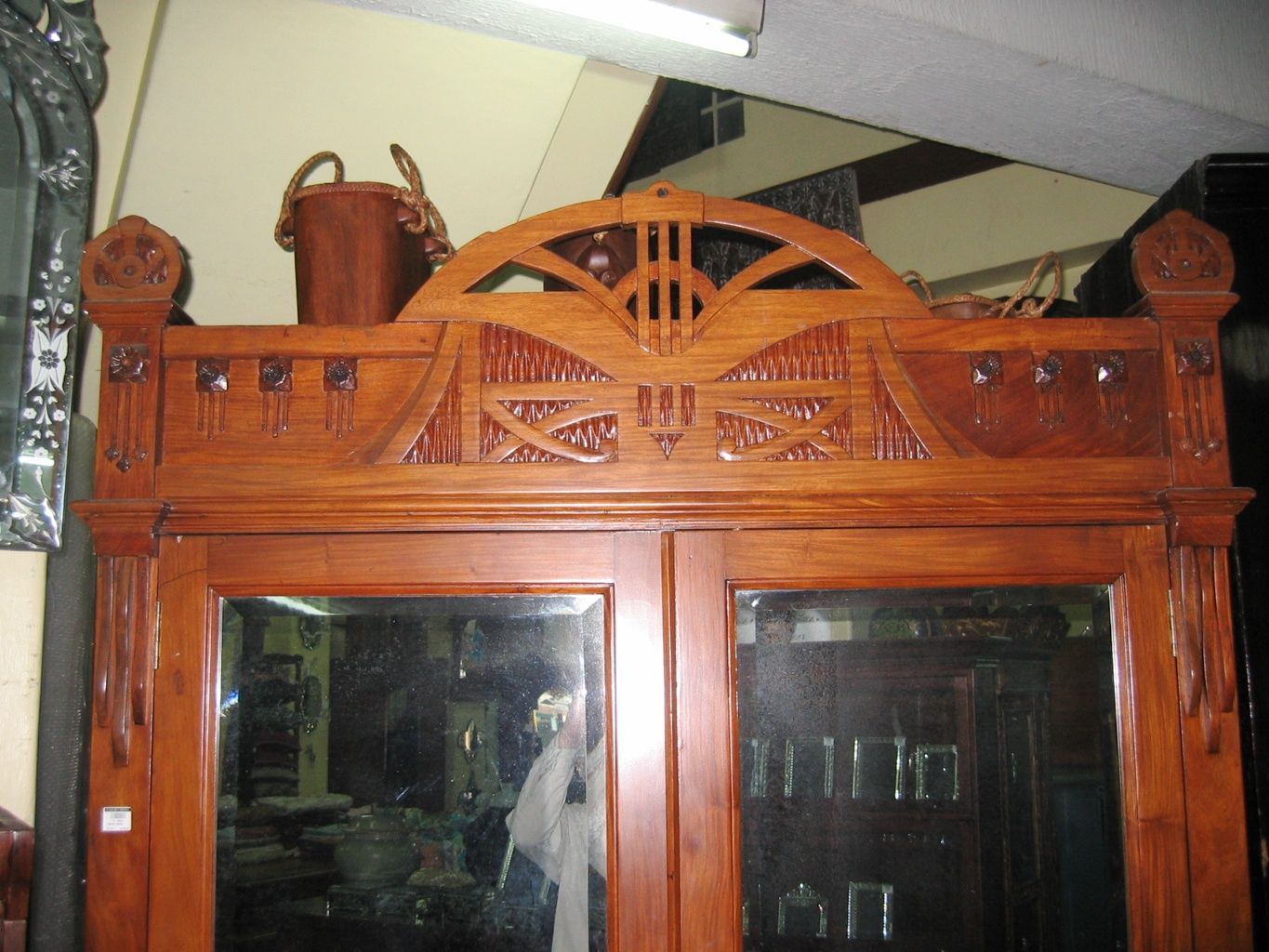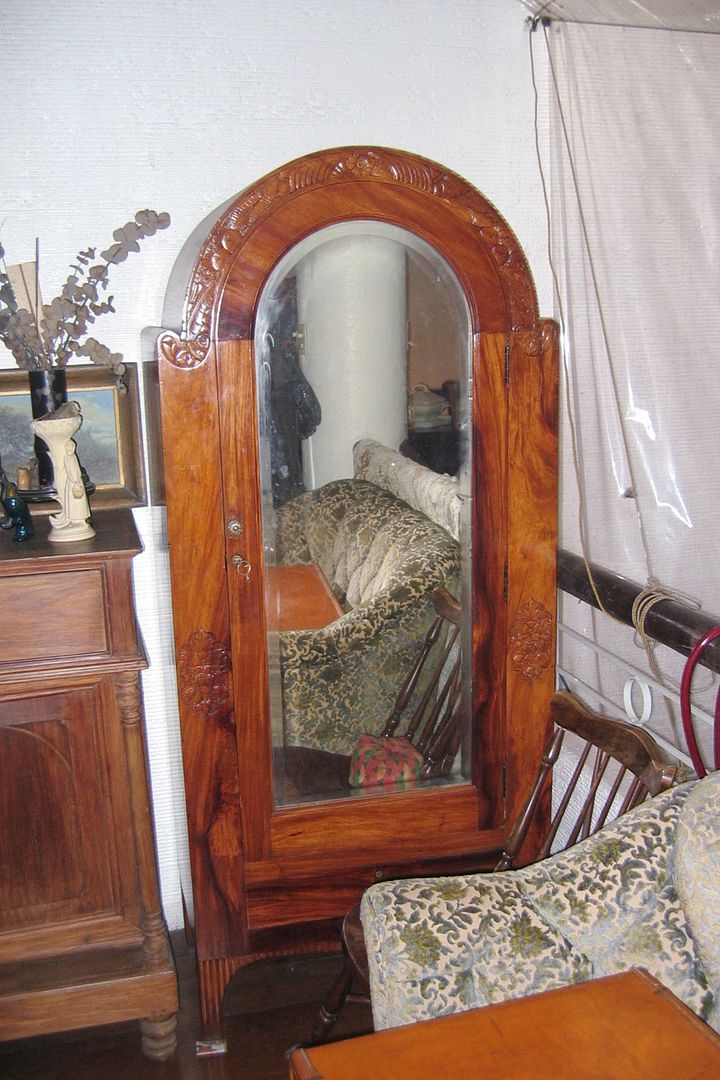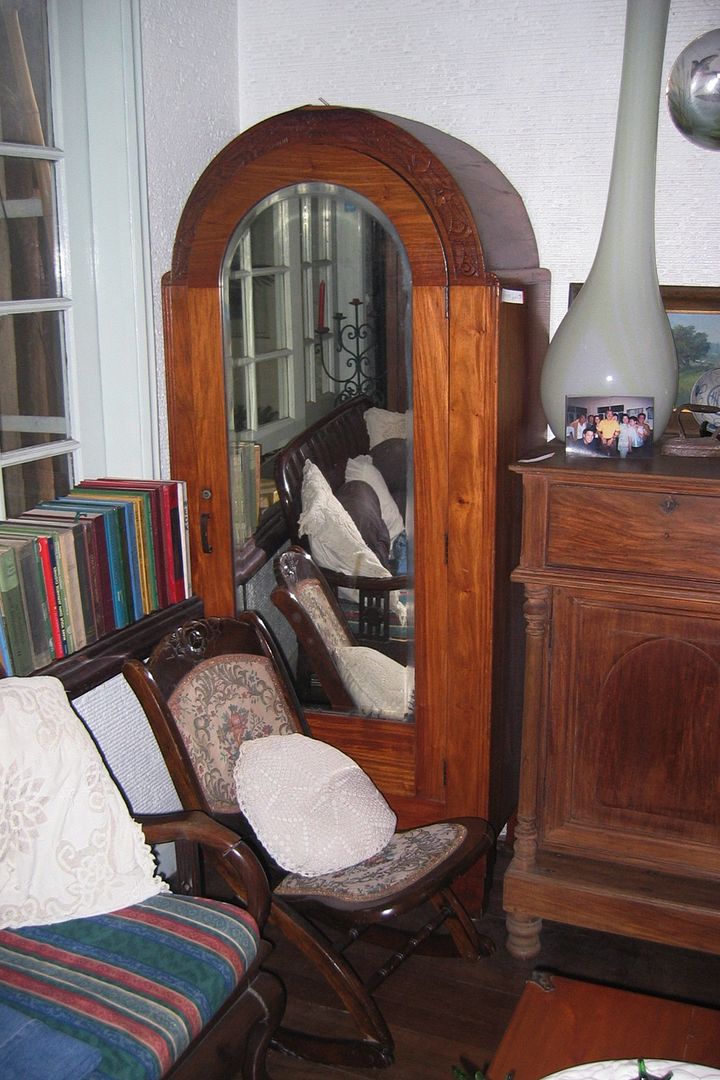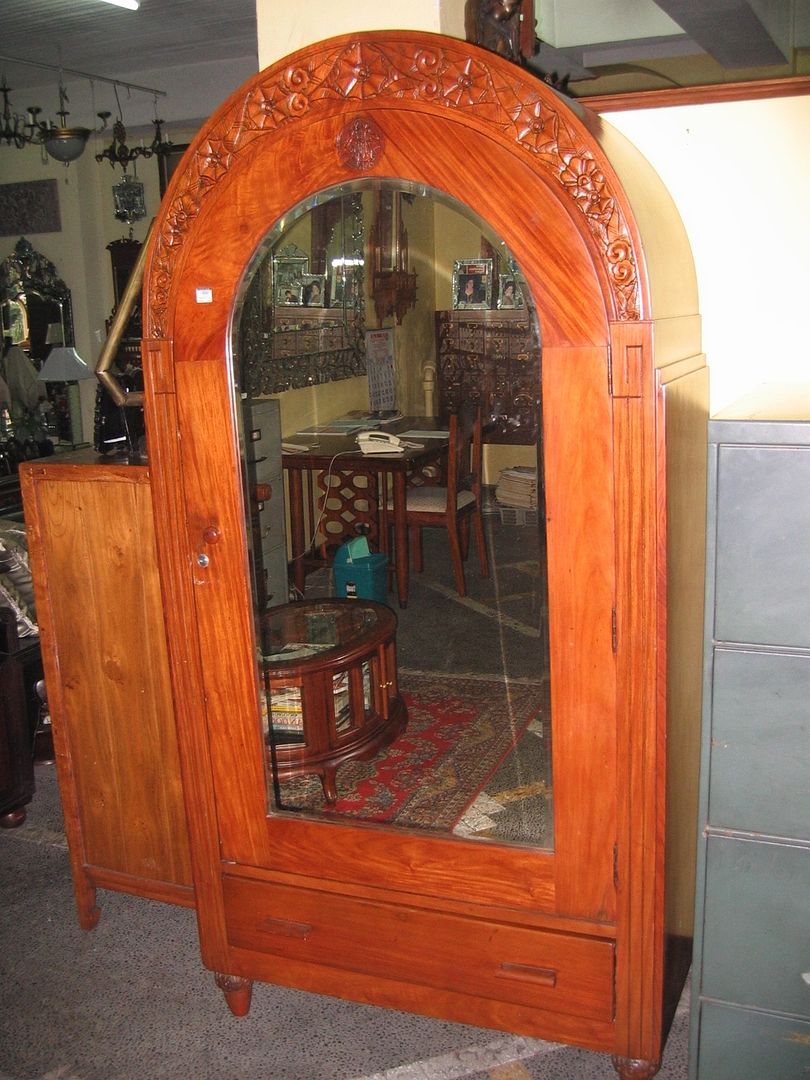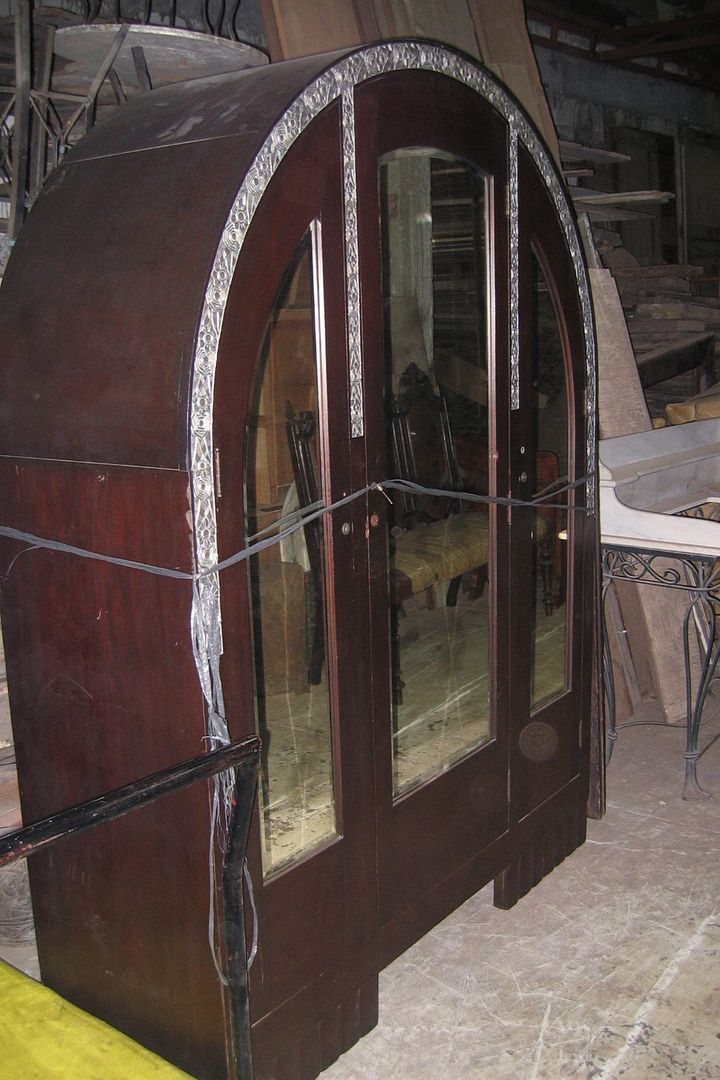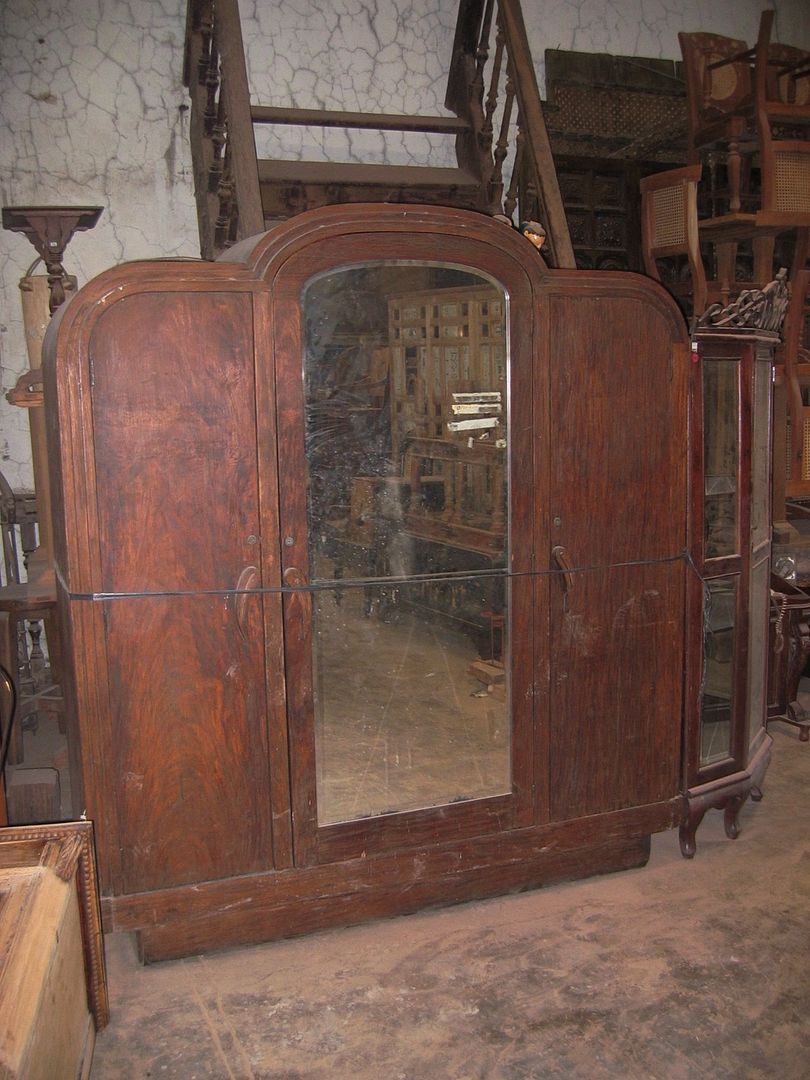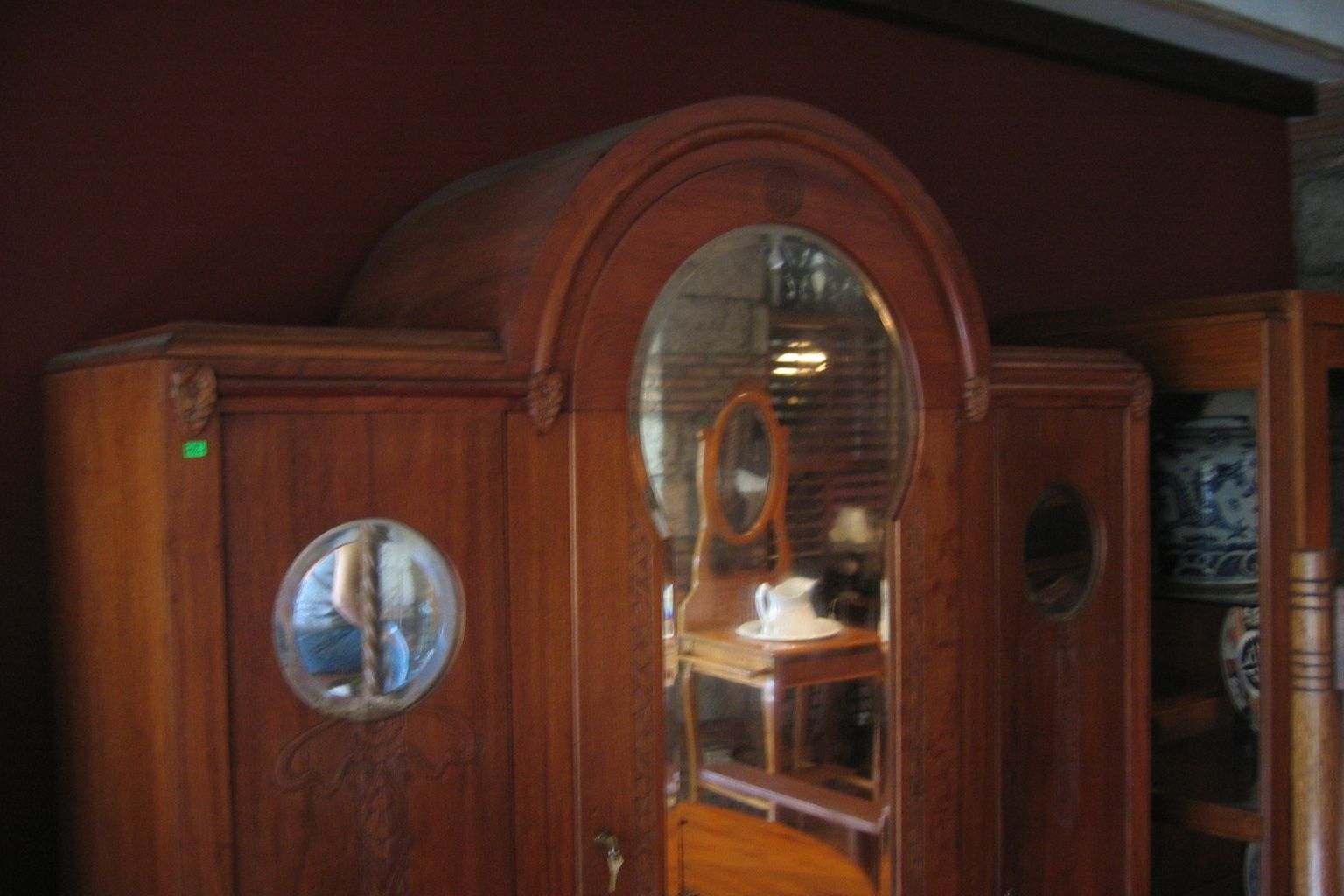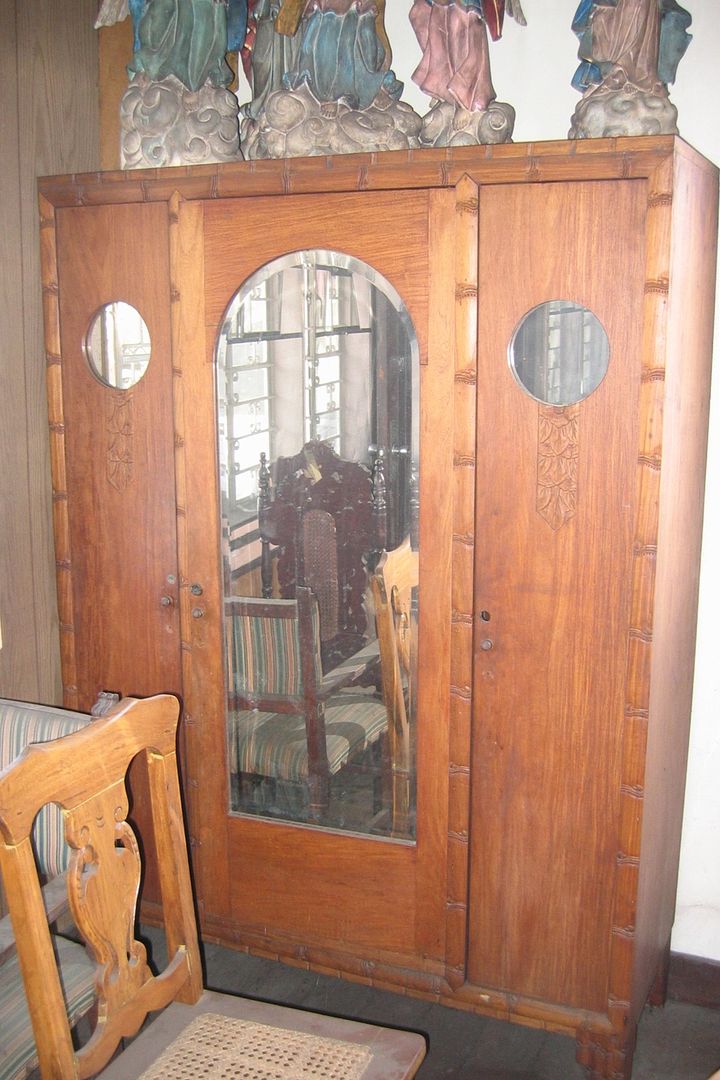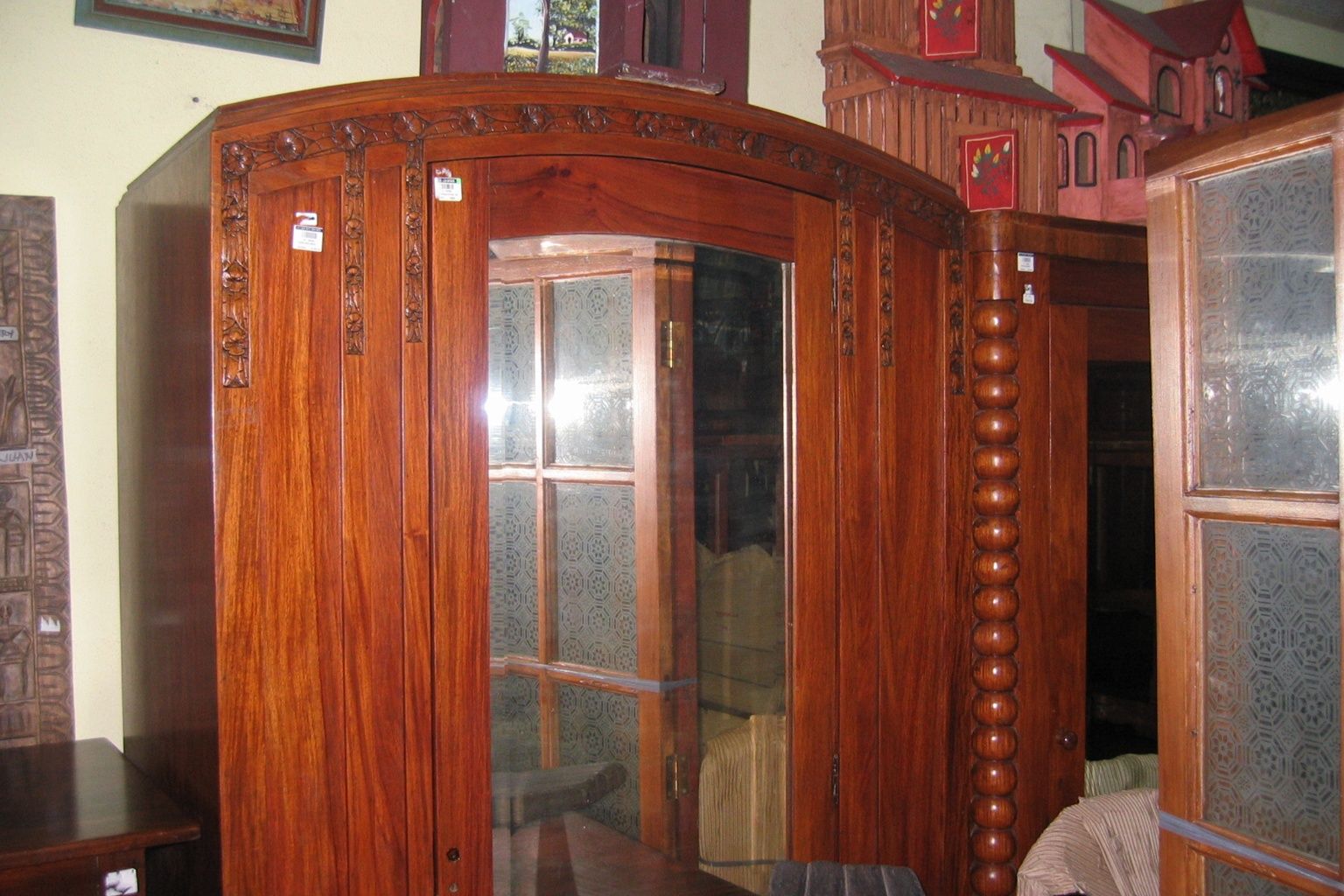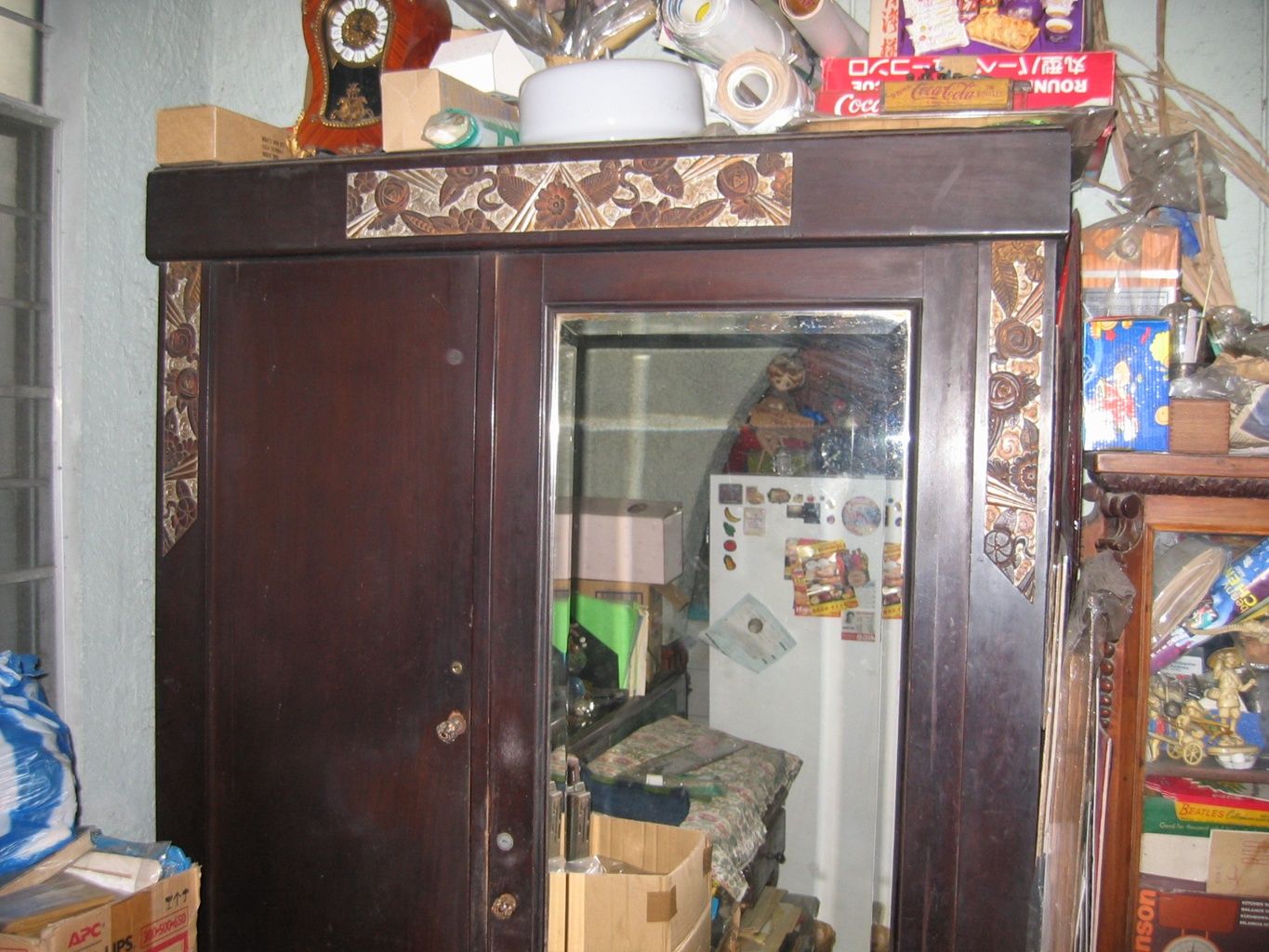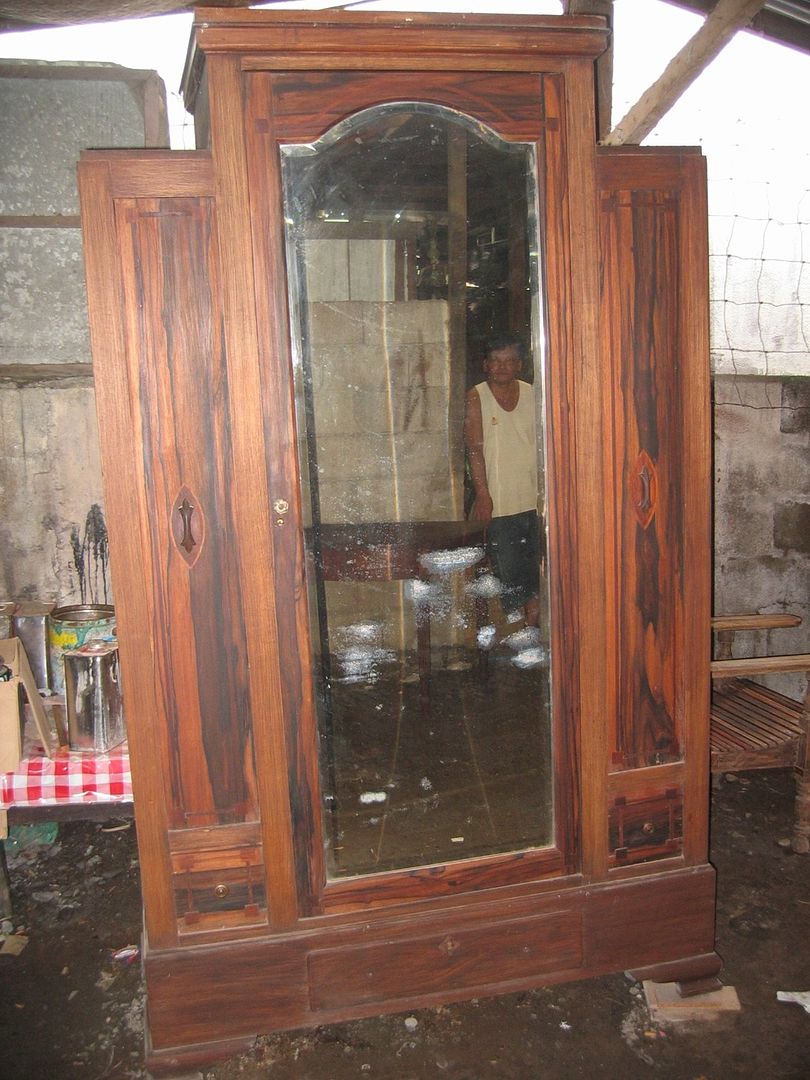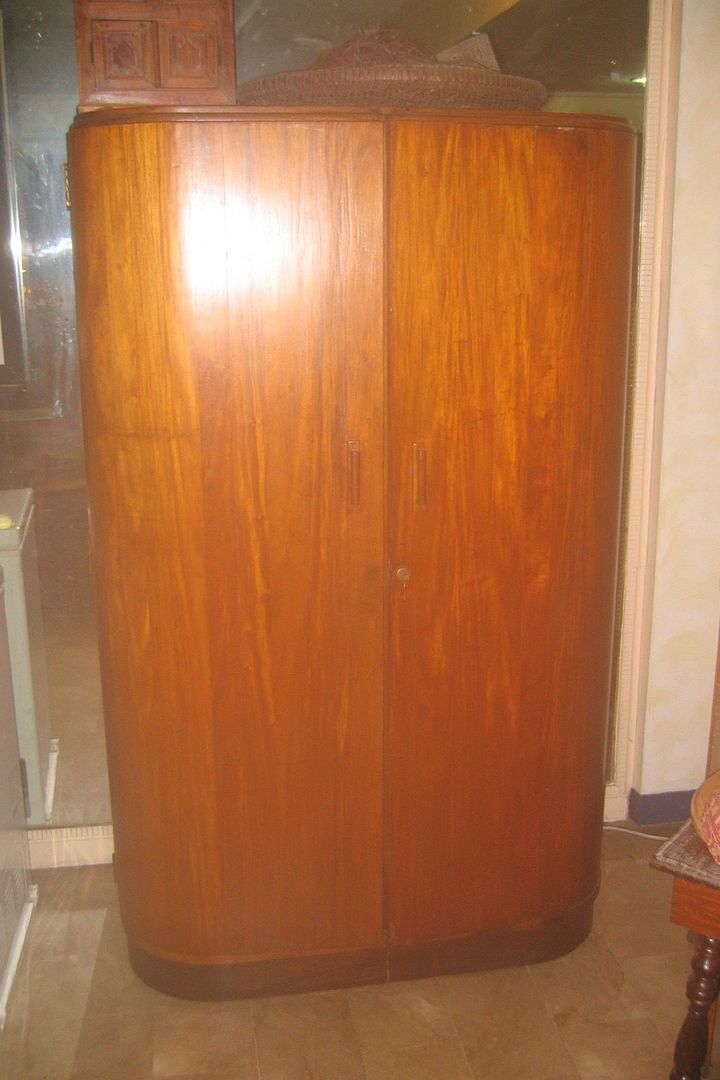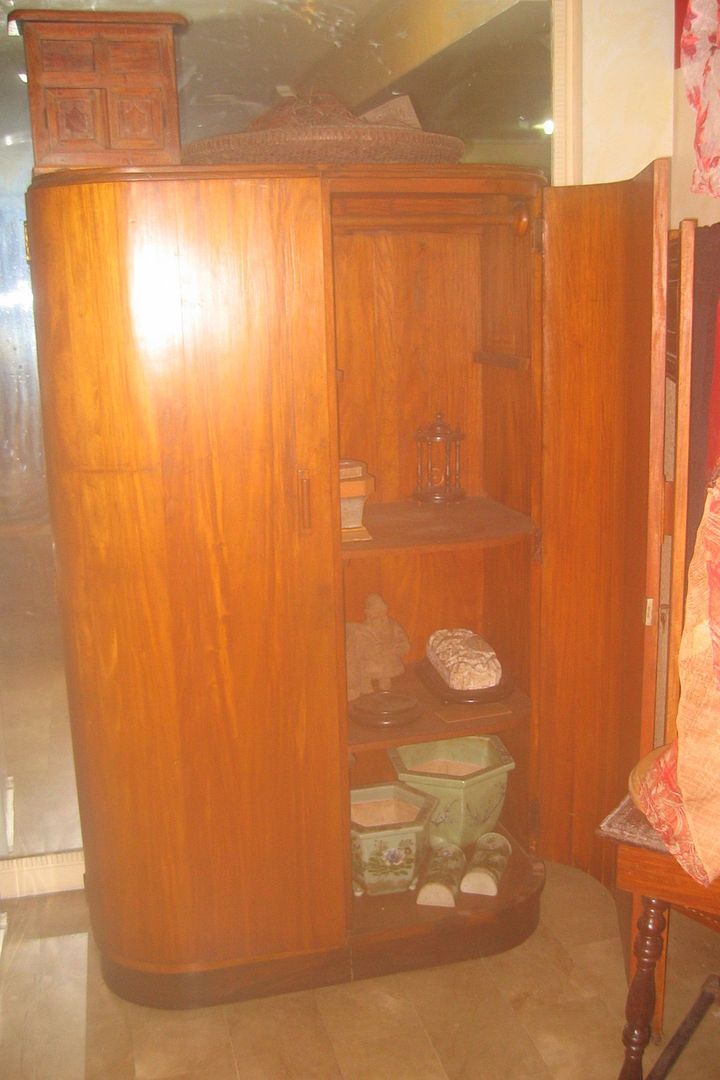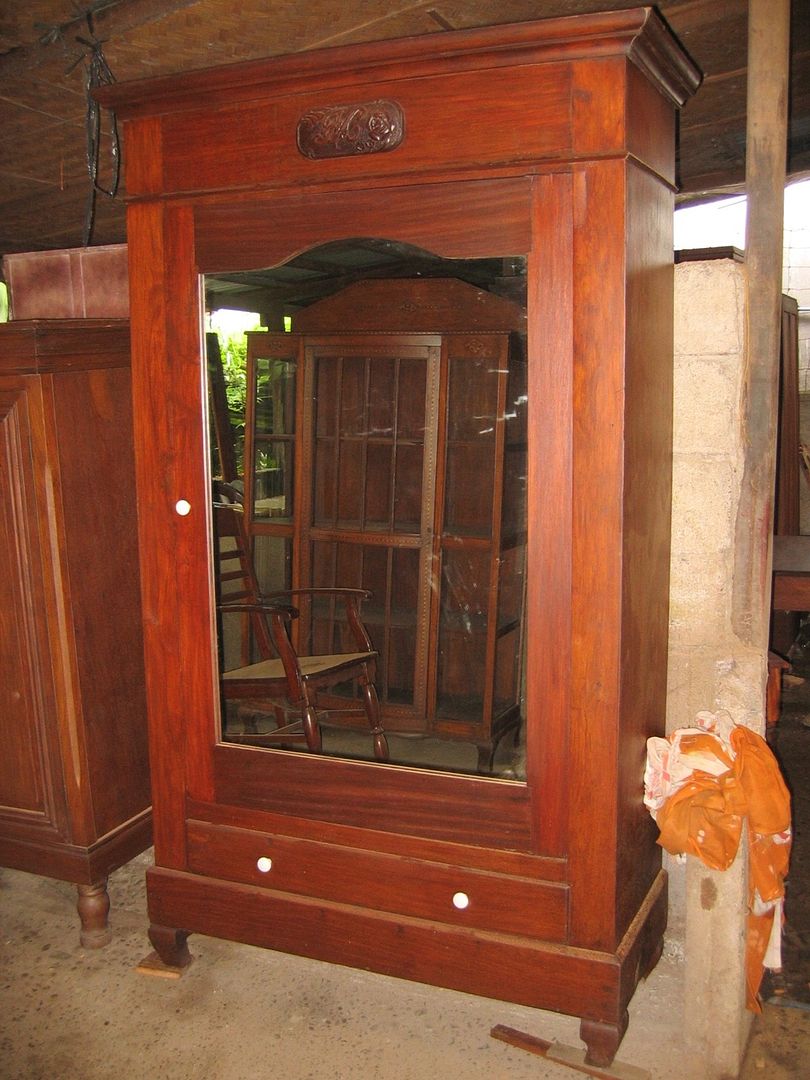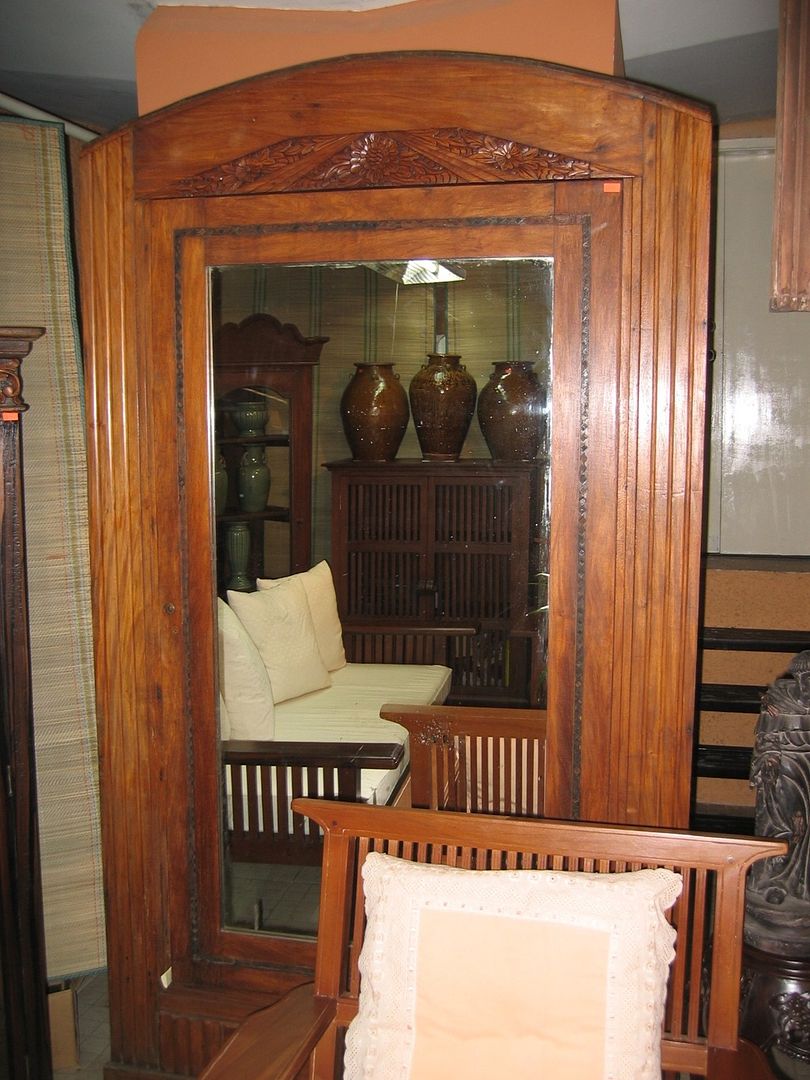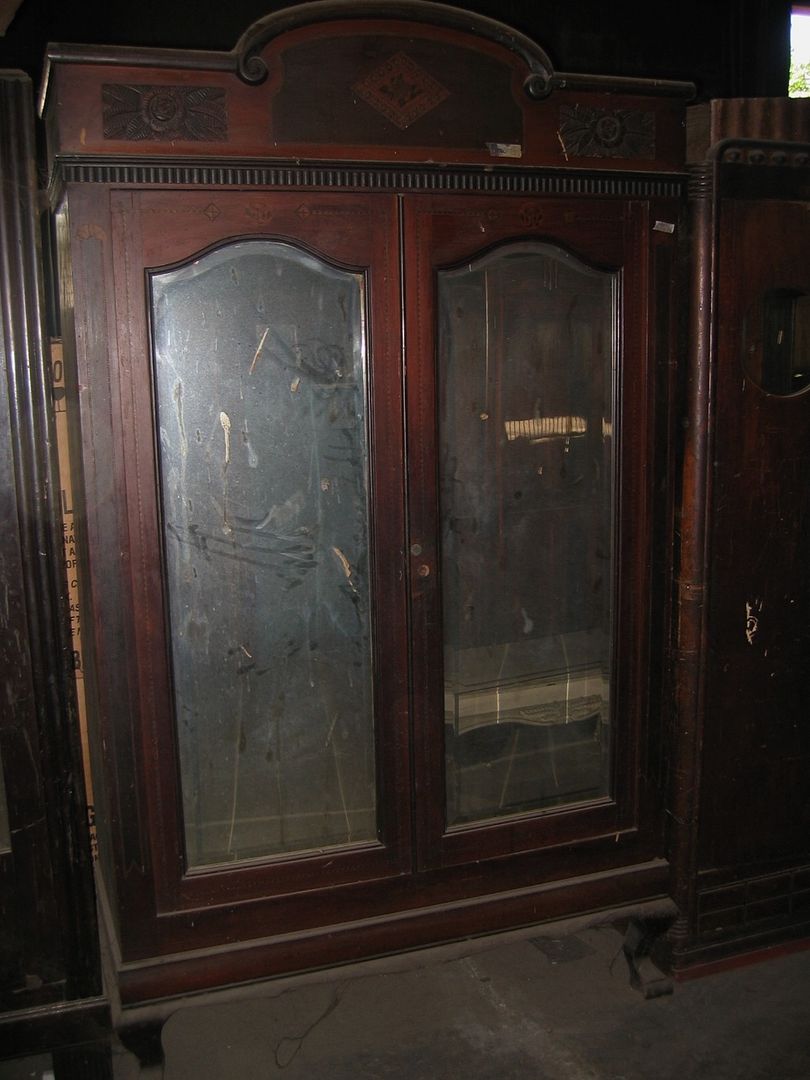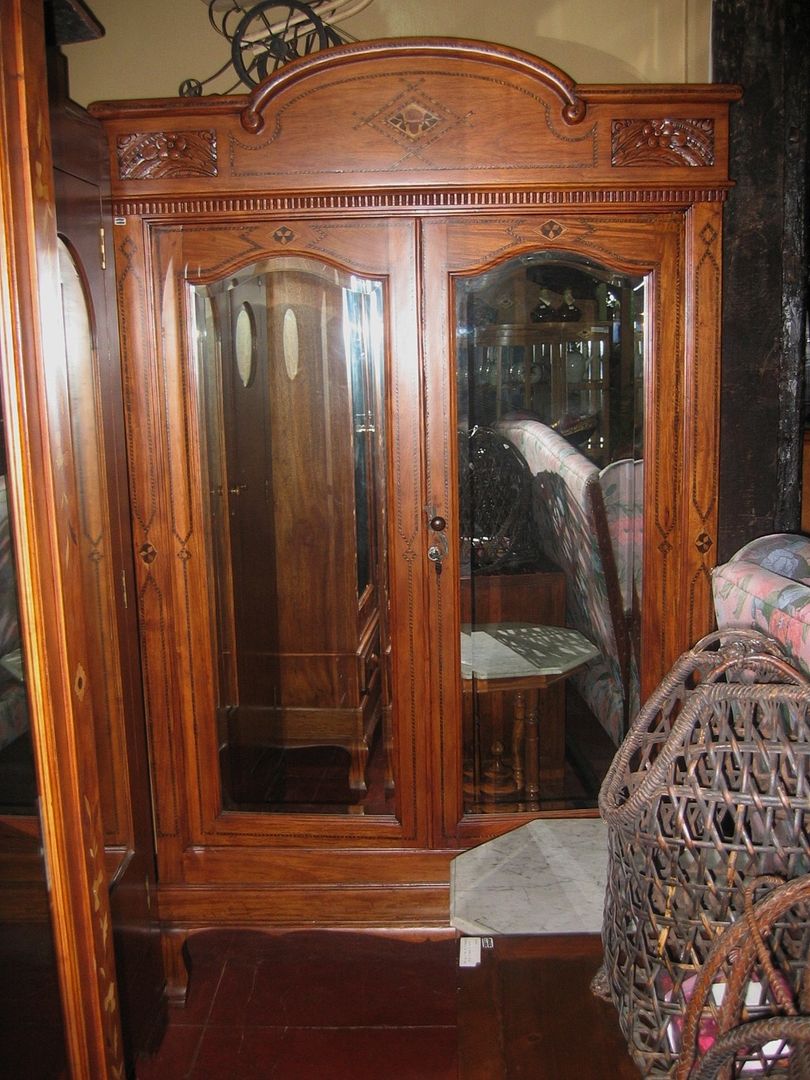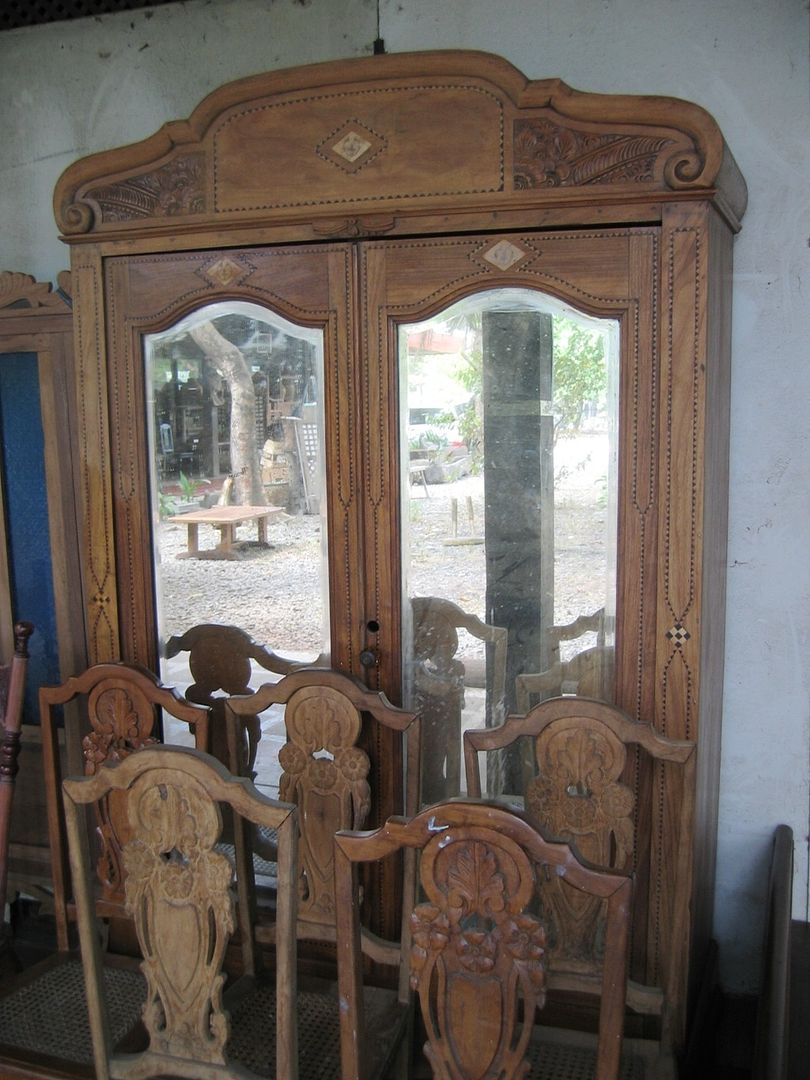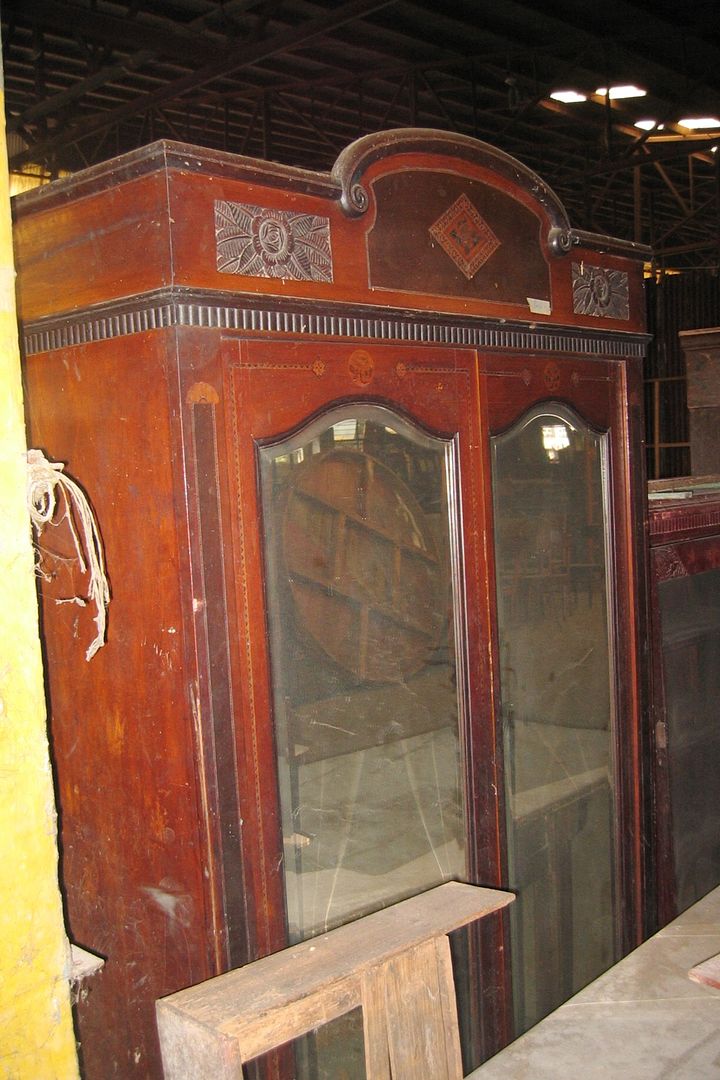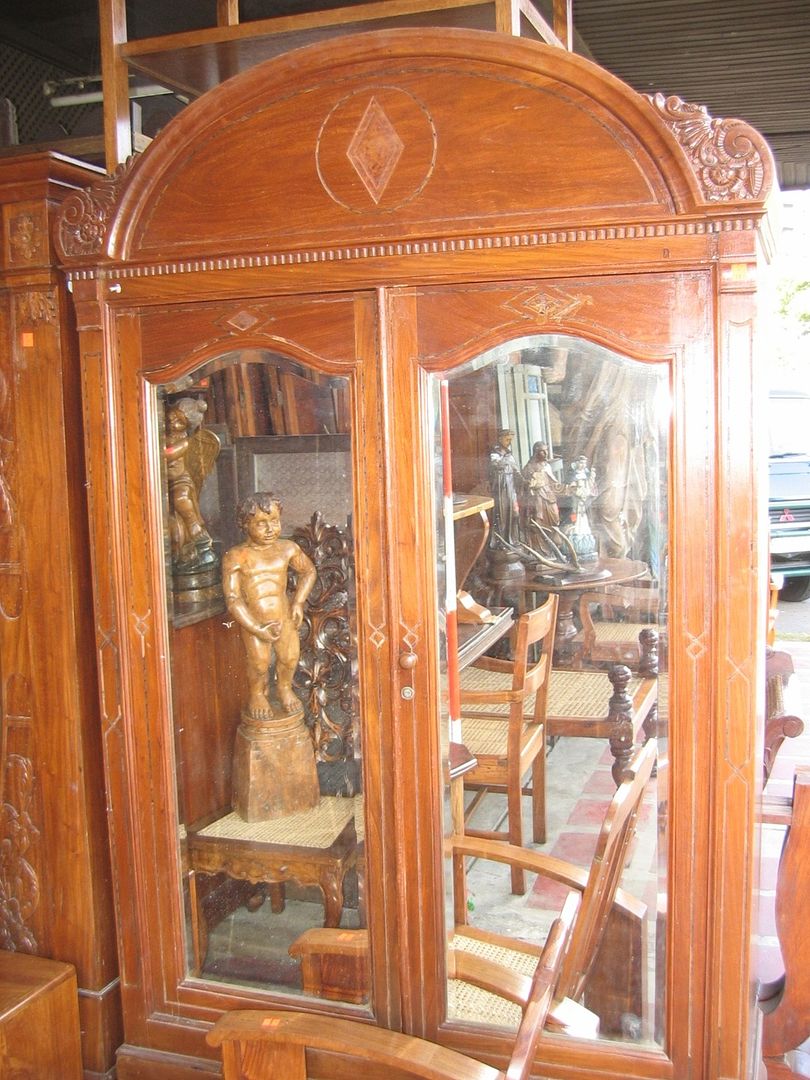I mean, we’re right smack in the middle of the Christmas season, and all we can talk and think about are grimy old houses that have seen better days, dusty aparadors that still smell of the sweaty undergarments of our great grandparents, and the possibility that orbs in photos of salas and bedrooms might represent the spirits of previous residents. Pathetic.
So here’s the perfect foil to all that: For many years now, my family has (have, in, er, British English) sent out Christmas cards to friends and acquaintances every year. However, it was not until a bit more than three years ago that we hit on the idea of commissioning an original artwork for our card, such that each of the few hundred recipients would have a limited-edition print of an original work of art in hand, which would surely be a high-priced collectible many years from now. Or so we hope.
We also decided that we would, as far as possible, commission work from young (generally taken to mean, below forty years old) artists, and preferably those from our home province of Bulacan
In mid-2003, we met thirty-three-year-old Rey G. Salamat, from Malolos’ neighboring town of Paombong Bulacan State University Hiyas Museum
The Christmas card artwork that Rey did for us was entirely his own choosing – we did not specify the subject. The result, “Simbang Gabi sa Las Piñas” was unusual in its predominant blackness, yet much-admired by both family members and card recipients.
* * * * *
The Christmas card artwork that Rey did for us was entirely his own choosing – we did not specify the subject. The result, “Simbang Gabi sa Las Piñas” was unusual in its predominant blackness, yet much-admired by both family members and card recipients.
* * * * *
In the desire to become even more overtly Christian in representation, the following year, we commissioned another young artist, twenty-nine-year-old Maria Socorro Cervantes Tuble, to do a Nativity scene. (Although from
Susie is an artist and interior designer who dabbles in different art media, particularly in charcoal and oil. She began drawing at a very early age, which was fortified with formal training in charcoal painting. She then participated in oil painting workshops at the University of the Philippines College of Fine Arts and at the Ayala Museum #6 Bascom Street, North Fairview Quezon City
Susie is a great admirer of the Renaissance masters, an influence evident in her liturgical artworks for churches, and in her other private commissions, including the 2004 Christmas card she did for us, “The Adoration of the Shepherds.”
We had known the Hagonoy, Bulacan artist Wilfredo B. Reyes for a number of years, as he had done artworks to my family’s commission previously. Willie is a Bachelor of Fine Arts graduate of the University of the Philippines
He had his first solo show at the Vargas Museum in UP in 1990, and has participated in numerous group shows including the juried “Pastels USA” 13th Annual International Open Exhibition in California in 1999. (Importantly, as the two of us were born in the same year, he automatically meets the criterion of “young.”)
Willie is a member of the Tabingdagat Painters of Hagonoy and the Guevarra Group of Artists. His home-workshop is at #0091 Ulandis, Mercado, in Hagonoy. He is best known for plein-air painting, wherein the artist works directly from nature. This is evident in the artwork that he did for last year’s Christmas card, “Early Christmas Morning in Barasoain,” which was an immediate hit with the vast majority of those who were privileged to receive it.
Casting our nets farther afield, while still trying to keep to the criteria of “young” and “Bulakeño,” a few months ago I was introduced, by means of state-of-the-art technology in long-distance textual and graphical telecommunications (i.e., the internet), to a then eighteen-year-old artist, Victor Tomas Banzon Ancheta, who had spent his childhood in Bulacan town, another of Malolos’ neighboring towns. (As we were later to find out, he and I even attended the same grade school in Malolos, although practically a generation apart – but in his time as in mine, the place was still run by the sternest Roman Catholic nuns this side of the Berlin Wall.)
Victor Ancheta migrated to the United States Houston , Texas
Victor is a conceptual artist, working mainly with sculpture, installations, and interactive art. He has exhibited in different art spaces, most notably at the Contemporary Arts Museum
For our family Christmas card this year, Victor created “Ang Regalo” [The Gift], which unlike our previous Christmas card artworks is not in oil on canvas, and neither is it 18 inches by 24 inches in size. Instead, it is in a slightly eccentric 15 inches by 24 inches (which gave the printer some difficulty in making it fit the presumed "aspect ratio" based on our previous Christmas cards), and is in mixed media: wood, polymer clay, and gold and silver leaves.
As Victor explains, “‘Ang Regalo’ is a fusion of medieval and Filipino art resulting in a stylized rendering of objects rich in color and gilding. The Christ Child holds a dove, a symbol of peace, which can be interpreted as the Child’s gift to “Inang Bayan” (the Motherland), or a gift from Inang Bayan to the Christ Child.”
Because our Christmas card recipients had been so used to traditional themes and artistic styles in previous years, the artist’s “explanation” above, printed at the back of the card, helped “Ang Regalo” be that much easier to understand and appreciate, it seems. If you still don’t understand it, or just plain hate it, or really love it, please send Victor hate or fan mail, as the case may be, via his Multiply blogsite here. And visit victorancheta.com.
Another year, another Christmas card. So there. Any suggestions, nominations, or submissions for consideration for our 2007 Christmas artwork? Your feedback (via Personal Message if you prefer) will be much appreciated.
from the Veron-Dulay-Cloma Family of Bulacan and Manila, the Philippines
victorancheta wrote on Dec 31, '06
I'm afraid to open my emails now. hehehe.
Happy Holidays Leo! Thank you so much for everything. Hope the feedbacks have been good. |
rally65 wrote on Dec 31, '06, edited on Dec 31, '06
Merry Christmas and a Happy New Year again, Victor. Yes, feedback has been consistently good -- in the three previous years. For your card design, it has been, er, charitable! Ha! Ha!
|
